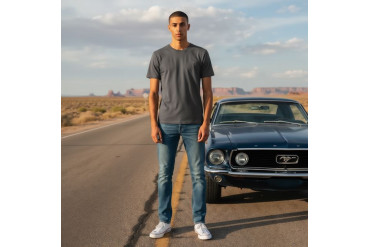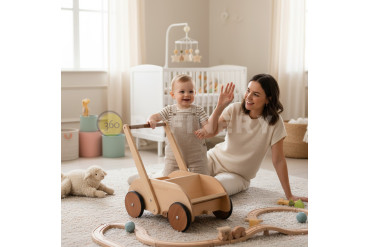Shopify image sizes: What's recommended for 2024
As online shopping trends are increasing rapidly, choosing the right image size is important to ensure the best user experience. In the roaring e-commerce market; Shopify’s platform adheres to a visual imagery ecosystem aiming to magnetize probable buyers to eat out of their hands and it is the best platform that any organization can ever think of if seeking to be a part of the grand online circus.
With so many different screen sizes in use, you must select the appropriate picture sizes when designing your website to ensure that all of your visitors have a positive user experience—regardless of device.
If you do not optimize your photos, your website visitors may view images that are either too small and fuzzy or too large, increasing load times and forcing extra scrolling and zooming. In this blog, we will discuss the complexities of image sizing and provide practical insights to help merchants maximize the potential of their Shopify businesses.
Importance of Image Size
Product images are playing a major role in the realm of e-commerce. They are here to grab your potential customer's attention, educate them, and persuade them to buy. A lot depends on the pixels when a brand wants to tell a story through images - every pixel has a say in creating or breaking the image in the customer’s mind that will lead to his purchase.
As the digital world is where users have very limited time and pace of competition is fast, it is necessary to mention the importance of having the correct image sizes. It is through an equalized and good apportionment of performance and a flawless visual attraction that the possibility for high performance is created. We realize that when loading times are reduced, there is free surfing up and down the page, it is cohesive and clear, because it is connected to higher conversion rates eventually.
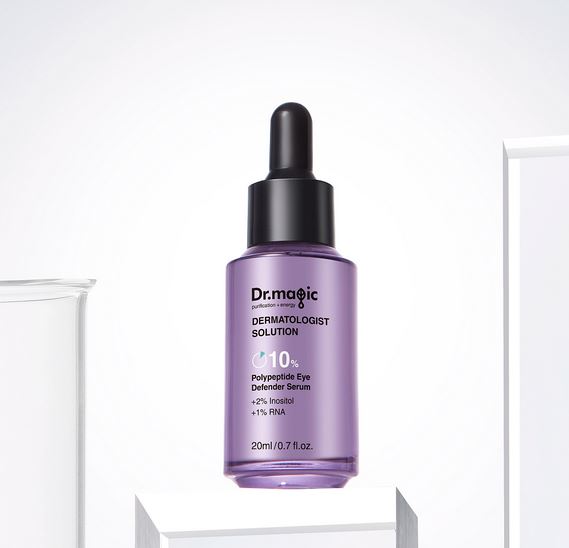
Impact of Image Size on E-commerce
The impact of image size on e-commerce is extreme as it influences the various aspects of the online shopping experience, user experience, page loading speed, business success, and ability to zoom.
Image size highly influences the general user's interactions and website navigation with an e-commerce site. Page load times will be affected negatively if the sizes of images are large, which can have an impact on the user's experience as they would be distressed. There are such things as image sizes that can cause slow loading time for a page which can make the users impatience. It might be relevant to the user that they can relate to this information. In another case, they could install extensions that can do this automatically. Not as costly as one might think, this will not require any special permissions and will help us focus on the quality of the content.

Shopify Image Sizes
Following Shopify's image size, aspect ratio, and file format requirements will help you conserve resources while also ensuring optimal site speed, consistency, and user experience. Here are Shopify's general picture size recommendations:
- Maximum picture size is 4472 × 4472 pixels.
- The recommended square picture size is 2048 × 2048 pixels.
- Image file size: up to 20 megabytes
- Image resolution: 72dpi
These are the recommended image sizes for Shopify and by following these you can create the best image on your Shopify website.
Improve
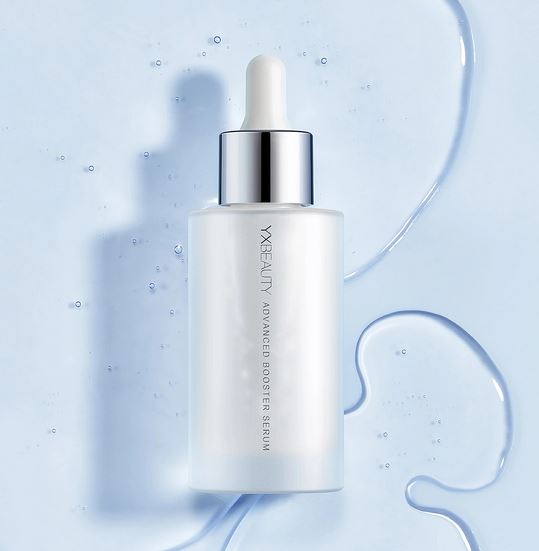
Aspect Ratio and Presentation
Shopify images are indispensable in the process of presenting the ideal and captivating images that will impress clients with impeccable final products. The attraction of the potential buyer is achieved through the visual appeal of the products. The elements of aesthetic appeal, user experience, and product presentation are influenced positively when the aspect ratio and other processes are followed to create the perfect image.
Consistency of the aspect ratio allows the customers to see similar images increasing the coherence and the harmonizing of the color-to-color throughout the Shopify site, the side of the product is visually appealing with the viewers forming different views and sharing them with the company, thus increasing the demand.
One of the most important aspects of generating more favorable impressions is to increase the clarity of the images and show the merchandise in high detail. The ideal thing would be to put effort into having them clear, sharp, and well-lighted to display the desired enhancement and features of your products honestly.
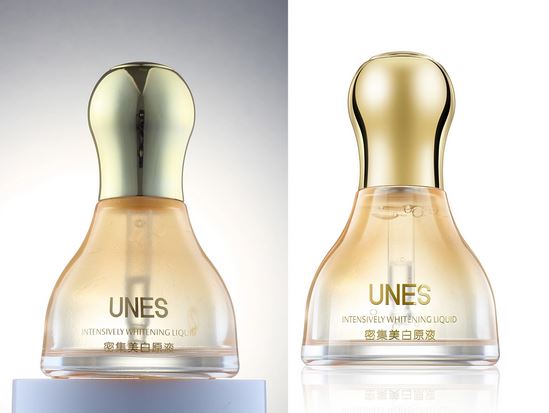
Product only images
Product-only images highlight the subject's size, silhouette, and color. These specifics assist consumers in finding precisely what they are seeking while purchasing online.
Lifestyle images
Lifestyle images capture people in situations, real-life events, or milestones shown in an artistic style using the products being sold.
Slideshow/ banner images
A slideshow is similar to banner advertising in that it rotates many pictures on a webpage. A slideshow allows the visitor to alter the picture that is displayed.
Collection images
Collection images are when you make a collage of multiple images to explain your product to attract your audience.
Videos
Adding videos of your product on Shopify will add beauty to your website and attract a wider audience to shop from your website.
Image formats for Shopify products and their pros and cons
When it comes to choosing which file type to go with on Shopify, merchants are faced with the numerous options. Nevertheless, these include different plusses and minuses for each file. The data is contained as follows:
JPEG:
(Pros): High compression, Compatability, Photorealistic
(Cons):Limited transparency, Lossy compression
PNG:
(Pros):Transparency support,Web optimization, Lossless compression
(Cons) Limited browser compatibility, Large file size
GIF:
(Pros): Supports animation,Transparency support
(Cons): Limited color depth, Large file size, Limited editing capability
TIFF:
(Pros): Flexibility, Compatibility, Metadata support
(Cons): Large file size, Limited web compatibility, Workflow complexity
WEB P:
(Pros): Efficient compression, Lossless and lossy modes, Advanced features
(Cons): Conversion overhead, Not all browser supported
PSD:
(Pros): High-quality editing, Transprency and Alpha channel, Customization options
(Cons): Large file size, Limited web compatibility, Workflow complexity
Conclusion
While treading through the uncharted zones of e-commerce, fine-tuning the Shopify images to keep afloat in 2024 and beyond is important. By sticking to the recommended strategies and making use of innovative techniques, merchants can promote the improvement of their stores, add attractiveness to their products, and use stunning images to make direct sales. Catch the beautiful scene of your business through the prism of Shopify's optimized image, and get on the path to becoming an e-commerce tycoon.
Stores can utilize best image dimensions and optimization technique by building a relationship with loyal customers and facing competition that will be visible by who is ahead driven by the dynamism of ever-changing picture sizes.
How to Make the Best Shopify Images?
If you are trying to get top quality images for your new shop and don't know exactly know how the process works, you can choose a professional photography company to help you with a small project. Companies manufacturing in China are welcome to try using our services. Photo prices start at $18/image for product on white and $25 /image for lifestyle images. We also offer on model photography and video production among other product photography services.
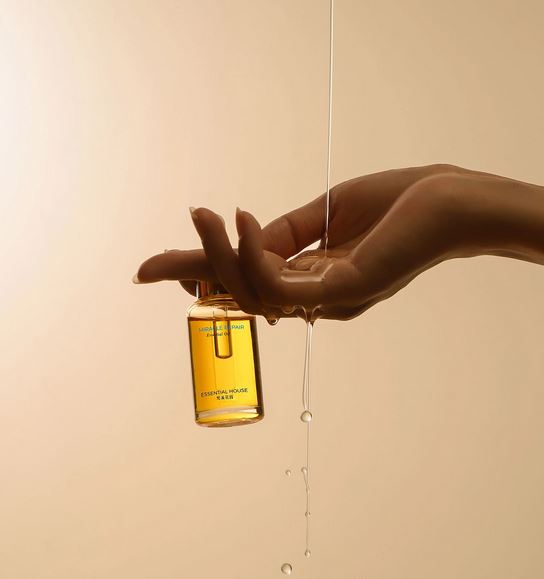
Have an Upcoming Product Launch?
We have no minimums. Contact us today to discuss your project!
E-mail contact[@]360refinery.com.
Clothing Photography Invisible Mannequin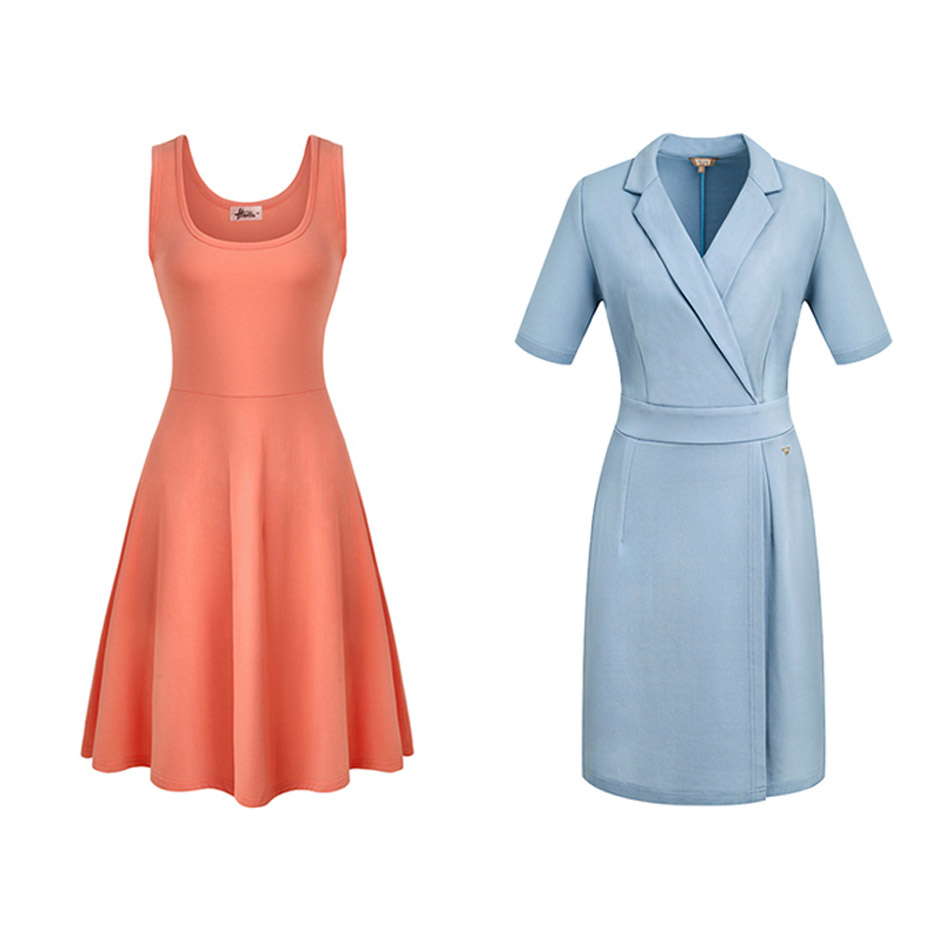 | Clothing Photography for Ecommerce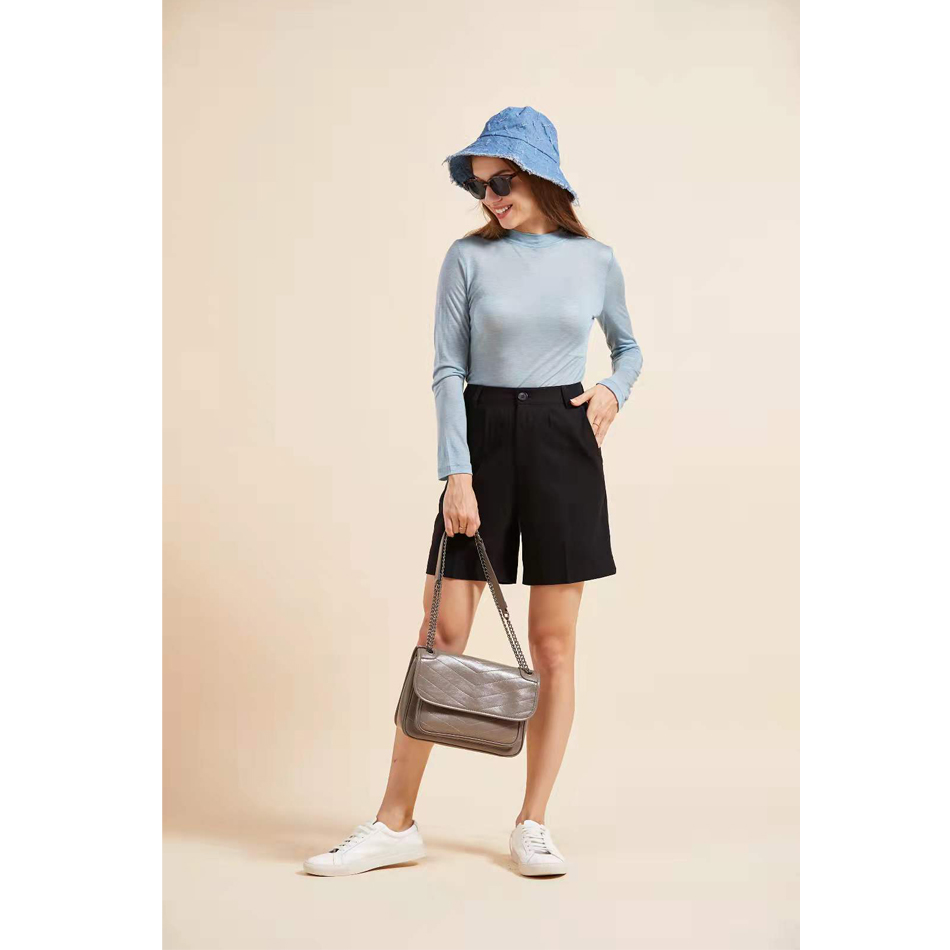 | Bed Sheet Photography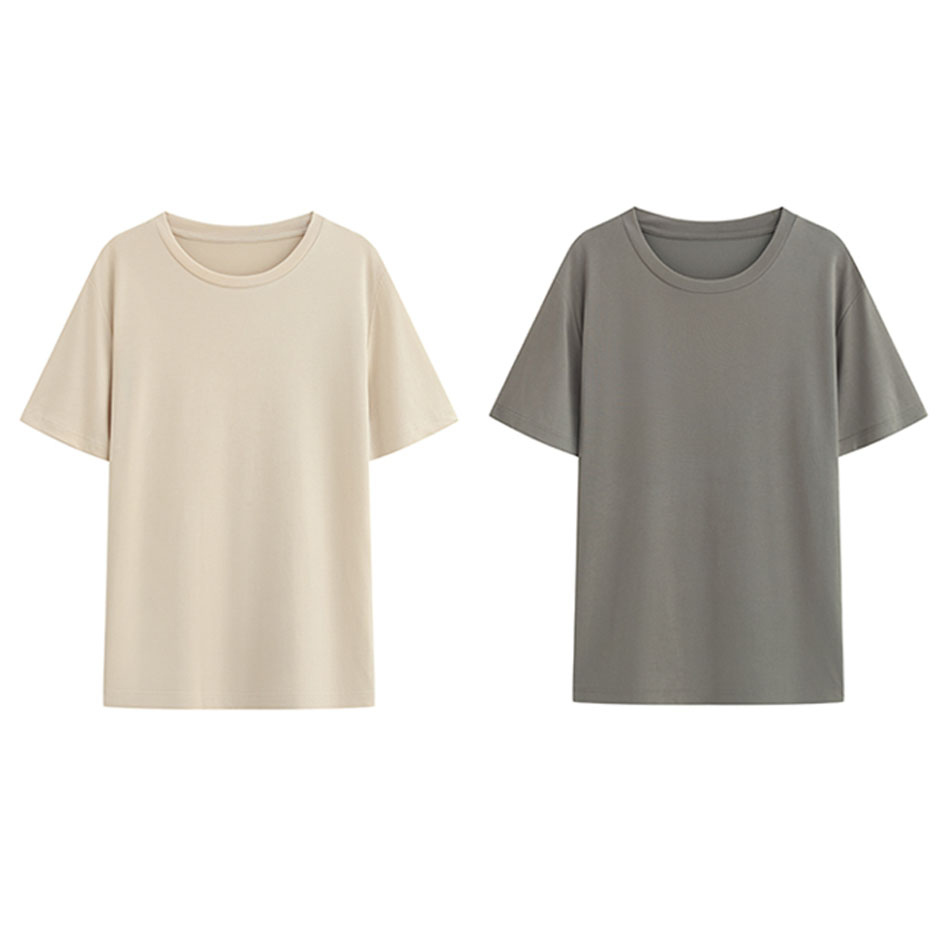 | Kids Clothing Catalog Photography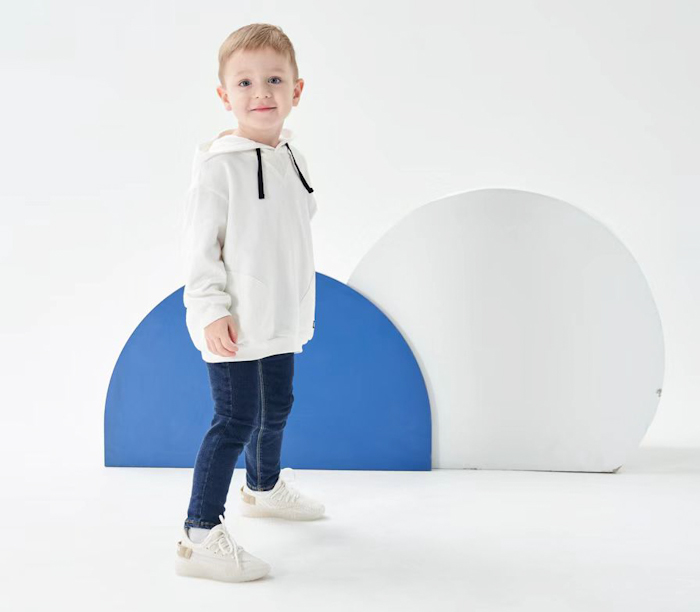 |
See samples of our product photography work here.
Learn more about our product photography pricing here.

